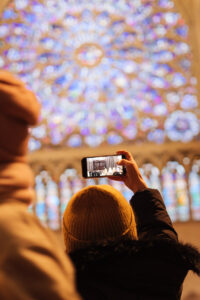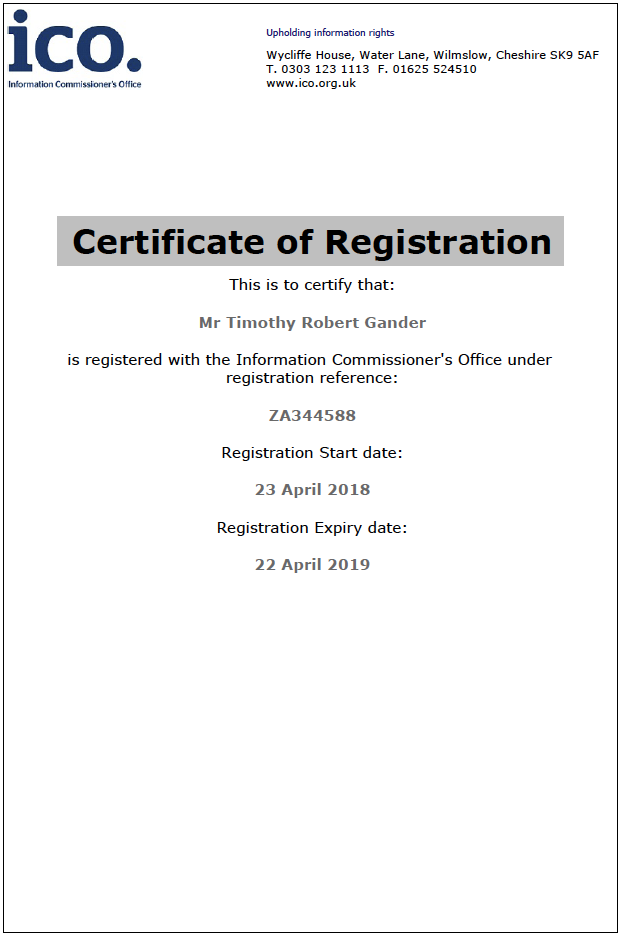I just can’t do it. Send me on a nice break, and I’m constantly looking for the gritty photo, or at least something with a bit of a story to it.
At the end of January my wife and I took the Eurostar to Paris to visit friends who live just outside the city. It was nothing more than a long weekend, so we packed extremely light which meant I wasn’t especially interested in taking a film camera, lenses and film. Besides, I’ve fallen a little bit in love with my Lumix GX9…
mmmmcheese
What we couldn’t resist during our trip, apart from the astonishingly good cheeses and cakes, was a visit to the newly-restored Notre Dame Cathedral. I can honestly say, it is well worth getting there if you can, but be prepared; prepared for crowds, queues and smartphones in every view.
The last time we visited Notre Dame was in 2014, and although there would have been tourists taking photos then, it wasn’t an impression which was stamped on my memory. This time around it felt like the smartphone-wielding had gone a bit OTT.
I’m not a religious person, but if I visit someone’s holy place, I hope I tread carefully and with consideration of where I am. At Notre Dame there were people poking their phones through railings, taking pictures in places with ‘No Photography” signs right next to their elbows. Maybe this is nothing new, maybe I should mind my own beeswax.
Maybe it seemed worse because it was incredibly busy – perhaps unsurprising as it’s only been open a few weeks, but when a Holy Mass got underway, there were people filming the service with phones on selfie sticks, small gimbal cameras and the like. Is this normal? Maybe it is.
While I wasn’t there to pass judgement (as I seem to have done, whether I like it or not), and not there to gather a story, rather than poke my camera into every nook and cranny of the cathedral I focussed on the visitors around me and tried to get a sense of what it was like to be there, more than what the space looks like*.
The result you see here is the best of a handful of photos I took during the visit to Notre Dame. In a single image I’ve tried to bring together the iPhone experience so many people have of places now with how such use can feel a little insensitive. At the same time, I wanted to make it fairly obvious where the image was taken to give it context.
A Dame Good Photo?
I’m not sure how successful I was in this. Perhaps if I’d had more time I might have managed to capture a sea of phones-type shot, but filling the background with a single spectacular rose window would have been impossible, and here I feel it helps add impact to the image. And on the tourist’s phone you can clearly see she’s lining up for a photo or video of the Mass, rather than an architectural aspect of the space. If I’d got multiple phones in-shot, you wouldn’t see what was on any single one of them, and this would have diluted the impact further.
Either way, however successful/impactful/useful it is, the shot scratched my itch to make a different kind of image that day, so I’ll settle for that.
Having had this semi rant, maybe I’m the worst tourist ever. While other people go to places and do their thing, I feel compelled to document them doing their thing rather than going to a place and minding my own business. And doesn’t that make me slightly hypocritical?! Or perhaps it’s healthy to take a step back from the crowd and show what society looks like, rather than copy what everyone else sees. It’s certainly a minefield, and one I’ll probably spend the rest of my life picking my way through.
For the camera nerds, here are the image specs:
Camera – Lumix GX9
Lens – Olympus 45mm f/1.8
Exposure – 650iso, 50th sec @ f/1.8
*It is incredible. The restoration has been done with astonishing care and attention to detail. There is far more lighting than was evident in the pre-fire cathedral, but this means you can now see all the beautiful carving, all the way up to the beautiful vaulted roof. Just go, you’ll love it.



